Diet allergies. Food Allergies: Essential Knowledge for Safety and Management
What are the major food allergens recognized in the United States. How are food allergens required to be listed on product labels. What symptoms can occur during an allergic reaction to food. How can anaphylaxis be recognized and managed.
Major Food Allergens: Understanding the Big Nine
Food allergies affect millions of Americans, potentially causing adverse reactions ranging from mild discomfort to life-threatening situations. The Food Allergen Labeling and Consumer Protection Act of 2004 (FALCPA) identified eight major food allergens, with a ninth added in 2023. These allergens are responsible for the majority of food-related allergic reactions in the United States.
The nine major food allergens are:
- Milk
- Eggs
- Fish (e.g., bass, flounder, cod)
- Crustacean shellfish (e.g., crab, lobster, shrimp)
- Tree nuts (e.g., almonds, walnuts, pecans)
- Peanuts
- Wheat
- Soybeans
- Sesame (added as of January 1, 2023)
Why is sesame now considered a major allergen. The Food Allergy Safety, Treatment, Education, and Research (FASTER) Act, signed into law on April 23, 2021, declared sesame as the 9th major food allergen recognized by the United States. This change became effective on January 1, 2023, reflecting the growing awareness of sesame allergies and their potential severity.

Allergen Labeling: Decoding Food Labels for Safety
The FDA enforces FALCPA in the labeling of most foods, with exceptions including poultry, most meats, certain egg products, and most alcoholic beverages, which are regulated by other federal agencies. FALCPA requires clear identification of major food allergens on product labels, helping allergic consumers avoid potentially harmful ingredients.
How are major food allergens listed on food labels. FALCPA mandates that food source names of all major allergens used in a product must be identified. This can be done in two ways:
- In parentheses following the ingredient name in the ingredient list (e.g., “lecithin (soy),” “flour (wheat),” “whey (milk)”)
- In a “contains” statement immediately after or next to the ingredient list (e.g., “Contains Wheat, Milk, and Soy”)
When is the allergen source name not required to be listed separately. If the common or usual name of an ingredient already identifies the allergen’s food source (e.g., buttermilk for milk), no additional declaration is necessary.

Recognizing Food Allergy Symptoms: From Mild to Severe
Food allergy symptoms can vary widely in severity and timing. They may appear within minutes or up to a few hours after consuming the allergen. It’s crucial to recognize these symptoms, as they can range from uncomfortable to life-threatening.
Common symptoms of food allergies include:
- Hives or flushed skin
- Tingling or itchy sensation in the mouth
- Swelling of the face, tongue, or lips
- Gastrointestinal distress (vomiting, diarrhea, abdominal cramps)
- Respiratory issues (coughing, wheezing, difficulty breathing)
- Dizziness or lightheadedness
- Swelling of the throat and vocal cords
Can food allergy symptoms vary between individuals or reactions. Yes, symptoms can differ significantly from person to person and even between reactions in the same individual. Factors such as the amount of allergen consumed and the person’s overall health can influence the severity and type of symptoms experienced.
Anaphylaxis: Understanding the Severe Allergic Response
While many allergic reactions are mild, some can progress to a severe, life-threatening condition called anaphylaxis. This systemic allergic reaction can rapidly affect multiple body systems and requires immediate medical attention.
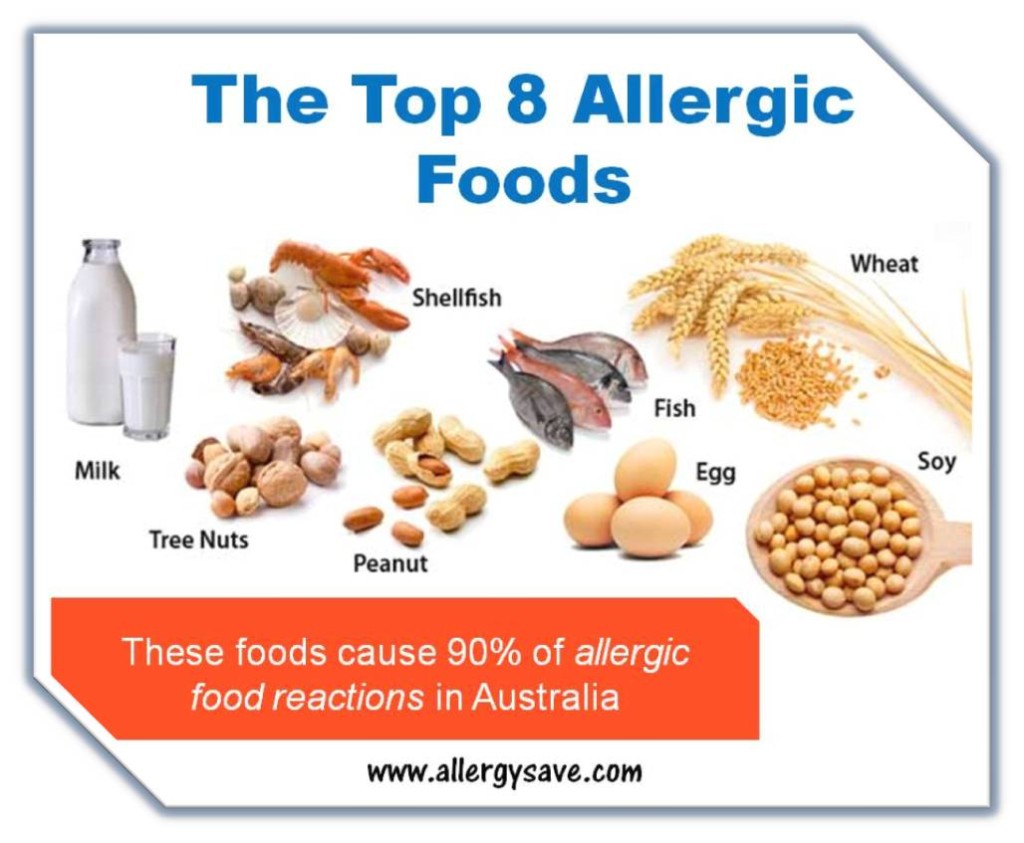
Anaphylaxis can lead to:
- Constricted airways in the lungs
- Severe lowering of blood pressure and shock (“anaphylactic shock”)
- Swelling of the throat and larynx, potentially causing suffocation
How quickly can anaphylaxis develop. Anaphylaxis can progress rapidly, sometimes within minutes of exposure to the allergen. Initially mild symptoms can quickly escalate to a life-threatening situation, emphasizing the need for prompt recognition and treatment.
Emergency Response: Managing Severe Allergic Reactions
Recognizing the early signs of anaphylaxis and taking swift action is crucial for preventing life-threatening consequences. The primary treatment for anaphylaxis is epinephrine, typically administered via an auto-injector.
Key steps in managing a severe allergic reaction include:
- Recognizing symptoms of anaphylaxis
- Administering epinephrine promptly
- Calling emergency services
- Monitoring the individual and providing additional care as needed
Why is it important to treat all allergic reactions seriously. Even mild allergic reactions have the potential to progress to anaphylaxis. Therefore, all allergic individuals should be prepared to monitor their symptoms closely and seek medical care if needed, regardless of the initial severity of the reaction.

Prevention Strategies: Minimizing Allergy Risks
While there is currently no cure for food allergies, proper management and prevention strategies can significantly reduce the risk of adverse reactions. These strategies primarily involve strict avoidance of known allergens and being prepared for potential exposures.
Key prevention strategies include:
- Reading food labels carefully
- Communicating with food preparers about allergies when dining out
- Carrying emergency medication (e.g., epinephrine auto-injector) at all times
- Wearing medical alert jewelry indicating food allergies
- Educating family, friends, and caregivers about the allergy and emergency procedures
How can cross-contamination be avoided in food preparation. Cross-contamination can be minimized by using separate utensils and preparation areas for allergen-free foods, thoroughly cleaning surfaces and equipment, and being vigilant about ingredient sources and food handling practices.
Diagnosis and Management: Navigating Food Allergies
Proper diagnosis and management of food allergies are essential for maintaining quality of life and preventing serious health consequences. This process typically involves collaboration between the individual, their healthcare provider, and sometimes an allergist or immunologist.

Steps in diagnosing and managing food allergies may include:
- Medical history review and physical examination
- Skin prick tests or blood tests to identify specific allergens
- Oral food challenges under medical supervision (in some cases)
- Development of an individualized management plan
- Education on allergen avoidance and emergency response
- Regular follow-ups to assess and adjust the management strategy
Are there any promising treatments being developed for food allergies. While avoidance remains the primary strategy, researchers are exploring various approaches, including oral immunotherapy, sublingual immunotherapy, and epicutaneous immunotherapy. These treatments aim to desensitize individuals to specific allergens, potentially reducing the risk of severe reactions from accidental exposures.
Living with Food Allergies: Adapting and Thriving
Food allergies can significantly impact daily life, but with proper management and support, individuals can lead full and active lives. Adapting to life with food allergies involves not only medical management but also psychological and social adjustments.
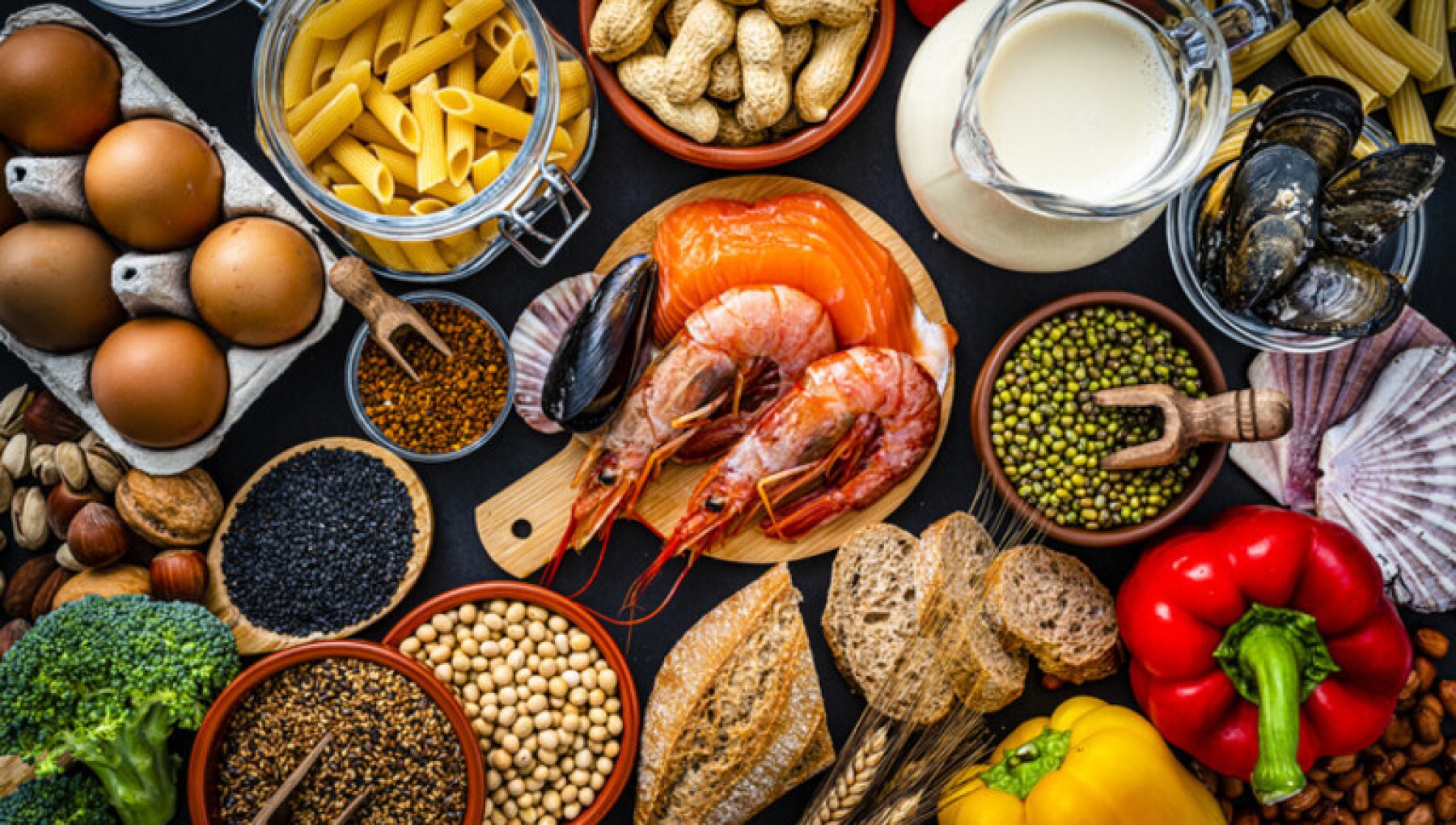
Key aspects of living well with food allergies include:
- Developing a robust support system
- Educating oneself about allergens and safe alternatives
- Planning ahead for meals and social situations
- Advocating for oneself in various settings (school, work, travel)
- Staying informed about new research and treatment options
- Maintaining a positive outlook and focusing on what can be eaten safely
How can schools and workplaces accommodate individuals with food allergies. Schools and workplaces can implement allergen-aware policies, provide safe spaces for eating, train staff in allergy management and emergency response, and foster an inclusive environment that supports individuals with food allergies.
Living with food allergies requires vigilance and adaptation, but it doesn’t have to limit one’s quality of life. By understanding the risks, implementing proper management strategies, and staying informed, individuals with food allergies can navigate daily life safely and confidently. As research continues to advance, new treatments and management approaches may offer additional options for those affected by food allergies, providing hope for improved quality of life and reduced risk of severe reactions.

Food Allergies: What You Need to Know
Millions of Americans have food allergies and may experience adverse reactions to products that have food allergens. Most reactions cause mild symptoms, but some are severe and may even be life-threatening.
Although new treatments are being developed, there is no cure for food allergies. Medical diagnosis to find out which foods cause an individual to have an allergic reaction and strictly avoiding those foods are important ways to prevent serious adverse health effects.
What Are Major Food Allergens?
While many different foods can cause allergic reactions, the Food Allergen Labeling and Consumer Protection Act of 2004 (FALCPA) identifies eight foods as major food allergens: milk, eggs, fish, Crustacean shellfish, tree nuts, peanuts, wheat, and soybeans.
On April 23, 2021, the Food Allergy Safety, Treatment, Education, and Research (FASTER) Act was signed into law, declaring sesame as the 9th major food allergen recognized by the United States. The change was effective on January 1, 2023. Even though the requirement that sesame be listed on the label as an allergen is in effect as of January 1, 2023, you still may find food products for sale that don’t list sesame as an allergen on the label. Read more about the transition phase at Allergic to Sesame? Food Labels Now Must List Sesame as an allergen.
The change was effective on January 1, 2023. Even though the requirement that sesame be listed on the label as an allergen is in effect as of January 1, 2023, you still may find food products for sale that don’t list sesame as an allergen on the label. Read more about the transition phase at Allergic to Sesame? Food Labels Now Must List Sesame as an allergen.
- Milk
- Eggs
- Fish (e.g., bass, flounder, cod)
- Crustacean shellfish (e.g., crab, lobster, shrimp)
- Tree nuts (e.g., almonds, walnuts, pecans)
- Peanuts
- Wheat
- Soybeans
- Sesame
Allergen Labeling
The FDA enforces FALCPA in the labeling of foods the agency regulates, which include all foods except poultry, most meats, certain egg products, and most alcoholic beverages (all of which are regulated by other Federal agencies). FALCPA requires that food labels clearly identify the food source names of any ingredients that are one of the eight major food allergens or contain protein derived from a major food allergen. Proper labeling of foods helps allergic consumers identify foods or ingredients that they should avoid.
FALCPA requires that food labels clearly identify the food source names of any ingredients that are one of the eight major food allergens or contain protein derived from a major food allergen. Proper labeling of foods helps allergic consumers identify foods or ingredients that they should avoid.
How Major Food Allergens Are Listed
FALCPA requires that food labels identify the food source names of all major food allergens used to make the food. This requirement is met if the common or usual name of an ingredient (e.g., buttermilk) that is a major food allergen already identifies that allergen’s food source name (i.e., milk). Otherwise, the allergen’s food source name must be declared at least once on the food label in one of two ways:
- In parentheses following the name of the ingredient in the ingredient list.
Examples: “lecithin (soy),” “flour (wheat),” and “whey (milk)”— OR —
- Immediately after or next to the list of ingredients in a “contains” statement.

Example: “Contains Wheat, Milk, and Soy.”
Know the Symptoms of Food Allergies
If you are allergic to a food you have eaten, you may experience a variety of symptoms. These symptoms are not always present or the same for every person or reaction and can vary depending on a number of actors, including the amount of food allergen eaten.
If you are allergic to a food that you have eaten, symptoms may appear from within a few minutes to a few hours.
Symptoms of food allergies (allergic reactions), can include:
- Hives
- Flushed skin or rash
- Tingling or itchy sensation in the mouth
- Face, tongue, or lip swelling
- Vomiting and/or diarrhea
- Abdominal cramps
- Coughing or wheezing
- Dizziness and/or lightheadedness
- Swelling of the throat and vocal cords
- Difficulty breathing
- Loss of consciousness
Food Allergies Can Be Life-Threatening
While most symptoms from food allergies are mild and limited to skin or digestive discomfort, some may progress to a severe, life-threatening allergic reaction called anaphylaxis.
This can lead to:
- constricted airways in the lungs
- severe lowering of blood pressure and shock (“anaphylactic shock”)
- suffocation by swelling of the throat and larynx
Symptoms of anaphylaxis may start out as relatively mild but, if not treated promptly, symptoms can become life-threatening in a short amount of time.
Recognizing early symptoms of anaphylaxis and prompt injection of the drug epinephrine and other medical care or intervention can help prevent life-threatening consequences.
It is important to understand that a mild allergic reaction does not always mean the allergy is mild. Any allergic reaction has potential to lead to anaphylaxis. Allergic individuals are taught to always monitor symptoms and seek medical care if needed when symptoms occur.
What to Do If Symptoms Occur
The appearance of symptoms after eating certain foods may be a sign of a food allergy. The food(s) that caused these symptoms should be avoided, and the affected person should contact a health care provider for appropriate testing and evaluation.
If you or a loved one has food allergies, use these 4 tips to help reduce your risk of getting sick:
- Always read food labels.
- Avoid foods that you are allergic to.
- Learn to recognize the early symptoms of an allergic reaction, in case of accidental ingestion.
- Know what to do in case an allergic reaction occurs. Plan to have ready access to the appropriate treatment measures and medical care.
Reporting Adverse Reactions and Labeling Concerns
If you or a family member has had an allergic reaction after eating an FDA-regulated food or food product with unclear labeling or a possible allergen, discuss this with your health care provider. Keep any food packages because they may contain important information. You may want to contact the manufacturer.
Also, report the suspected reaction or labeling concerns to the FDA in one of these ways:
- Consumers and manufacturers can submit reports detailing product reactions or other complaints to an FDA Consumer Complaint Coordinator for the state where the food was purchased,
- Call FDA at 1-888-SAFEFOOD, or
- Submit a report using FDA’s MedWatch Online reporting form for consumers.

Reports submitted to FDA should include as much information as possible:
- Who is reporting the incident and who was affected? Please provide names, addresses, and phone numbers.
- The name and address of the place where the product was purchased.
- A clear description of the reaction, including:
- Date the reaction occurred.
- All symptoms experienced.
- How long after you ate or drank the product that the reaction occurred.
- Medications used to treat symptoms.
- Whether the reaction required further medical care, and if so, what kind. Please provide contact information for the doctor or hospital.
- A complete description of the product, including:
- Date of purchase.
- Any codes or identifying marks on the label or container, such as lot number, expiration date, and UPC code.
- Photos of the product, label, ingredient statement, and lot code.
Consumer reports of adverse events help FDA identify problem products and better protect all consumers.
Food allergy and intolerance – Better Health Channel
If you, or someone in your care, has a severe allergic reaction, call triple zero (000) for an ambulance. The person having the reaction should not stand or walk. Administer an adrenaline (epinephrine) injector (such as EpiPen® or Anapen®) into outer mid-thigh. Further doses of adrenaline may be given if no response after 5 minutes. Give adrenaline first, then asthma reliever puffer, if required.
Food allergy and intolerance are different
Food allergy and food intolerance are commonly confused, as symptoms of food intolerance occasionally resemble those of food allergy. However, food intolerance does not involve the immune system and does not cause severe allergic reactions (known as anaphylaxis). Food intolerance also does not show on allergy testing, and the Australiasian Society of Clinical Immunology and Allergy (ASCIA) advises against non evidence-based allergy testsExternal Link.
Food intolerance can be a difficult concept to understand. Sometimes, substances within foods can increase the frequency and severity of migraine headaches, rashes (such as hives) or the stomach upset of irritable bowel.
For more information watch the animated video How Allergies WorkExternal Link on the ASCIA websiteExternal Link.
Professional diagnosis of food allergy by a clinical immunology/allergy specialistExternal Link is important.
Food allergy is increasing
Allergies are on the increase worldwide and food allergies have also become more common. Most allergies appear during the first year of life. Cow’s milk allergy is one of the most common in early childhood. Most children grow out of cow’s milk allergy before they start school.
More researchExternal Link is needed into the causes, diagnosis and treatment of food allergy.
Allergy can be inherited
Children who have one family member with allergic diseases (including asthma or eczema have a higher risk of developing allergy.
Most of the time, children with food allergy do not have parents with food allergy. However, if a family has one child with food allergy, their brothers and sisters are at a slightly higher risk of having food allergy themselves, although that risk is still relatively low.
Allergy is an immune response
Allergies are an overreaction of the body’s immune system to a protein. These proteins may be from:
- foods
- pollens
- house dust
- animal dander (includes fur, wool and pollens brought into the home by pets)
- moulds.
They are called allergens. The word allergy means that the immune system has responded to a usually harmless substance as if it were toxic.
Food intolerance is a chemical reaction
Food intolerance is a chemical reaction that some people have after eating or drinking some foods; it is not an immune response. Food intolerance has been associated with asthma, chronic fatigue syndrome and irritable bowel syndrome (IBS).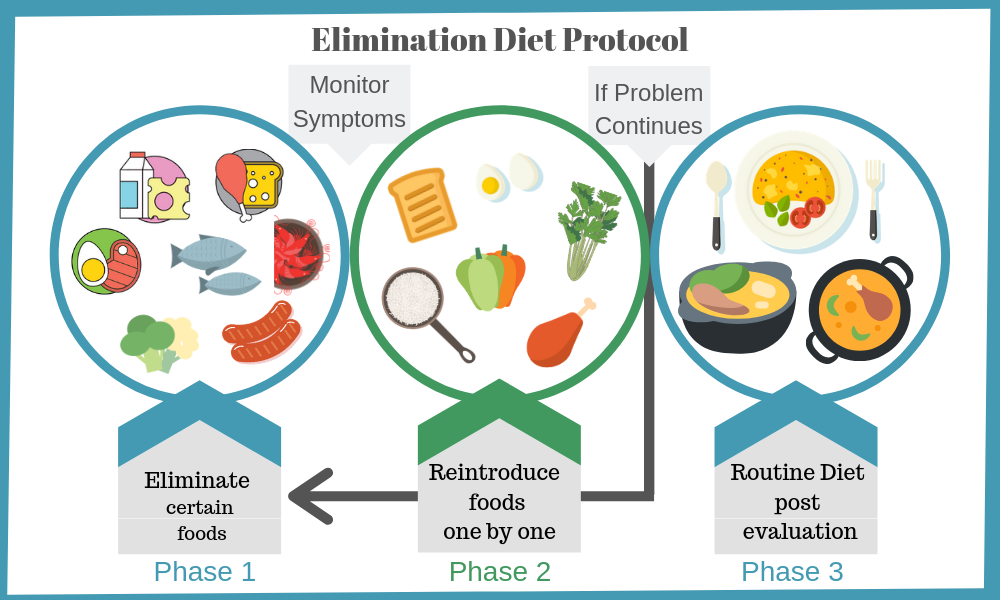
Symptoms of food allergy and intolerance
It can be difficult to tell the difference between the symptoms of food allergy and food intolerance. Usually, symptoms caused by food allergy develop very soon after consuming the food. While symptoms caused by food intolerance can be immediate, they may also take 12 to 24 hours to develop.
Food intolerance reactions are usually related to the amount of the food consumed. They may not occur until a certain amount (threshold level) of the food is eaten, but this amount varies for each person.
The symptoms of food allergy and intolerance can also be caused by other conditions, so it is important to see your doctor for a medical diagnosis.
Symptoms of food intolerance
Symptoms of food intolerance can include:
- nervousness
- tremor
- sweating
- palpitations
- rapid breathing
- headache, migraine
- diarrhoea
- burning sensations on the skin
- tightness across the face and chest
- breathing problems – asthma-like symptoms
- allergy-like reactions.

Symptoms of food allergy
The symptoms of mild to moderate food allergy include:
- swelling of lips, face, eyes
- hives or welts
- tingling mouth
- abdominal pain, vomiting – these are signs of anaphylaxis for insect allergy.
Signs of anaphylaxis (severe allergic reaction):
- difficult or noisy breathing
- swelling of tongue
- swelling or tightness in throat
- wheeze or persistent cough
- difficulty talking or hoarse voice
- persistent dizziness or collapse
- pale and floppy (young children).
Action plans for anaphylaxis are available at ASCIA Action, First Aid, Management, Travel and Treatment Plans and GuidesExternal Link.
Body parts affected by food allergy
Various sites on the body can be affected by an allergic reaction to food, including:
- swelling of the face, lips, eyes
- swelling of the tongue
- swelling or tightness in the throat
- stomach pains, vomiting – these are signs of anaphylaxis for insect allergy
- skin – rashes, such as hives (urticaria) or atopic dermatitis
- lungs – wheeze, cough, asthma (more common in children than adults).

Severe allergic reactions to foods can be life-threatening
Anaphylaxis is a severe allergic reaction that needs urgent medical attention. Foods (such as peanuts, tree nuts, seafood, wheat, milk and eggs), insect bites and stings and some medicines are the most common allergens that cause anaphylaxis.
Within minutes of exposure to the allergen, the person can have potentially life-threatening symptoms, which may include:
- difficult or noisy breathing
- swelling of tongue
- swelling or tightness in throat
- wheeze or persistent cough
- difficulty talking or hoarse voice
- persistent dizziness or collapse
- pale and floppy (young children).
Several factors can influence the severity of anaphylaxis, including exercise, heat, alcohol, the amount of food eaten, and how food is prepared and consumed.
Emergency treatment for severe allergic reactions (anaphylaxis)
To prevent severe injury or death, a person with anaphylaxis requires an injection of adrenalineExternal Link (epinephrine) into the outer mid-thigh. They should not be allowed to stand or walk. Further doses may be given if there is no response after 5 minutes. Give adrenaline first, then asthma reliever puffer, if required.
They should not be allowed to stand or walk. Further doses may be given if there is no response after 5 minutes. Give adrenaline first, then asthma reliever puffer, if required.
People who are considered by their doctor to be at risk of anaphylaxis are prescribed an adrenaline injector (such as an EpiPen® or Anapen®), which contains a single fixed dose of adrenaline. These patients should also have an ASCIA Anaphylaxis Action PlanExternal Link.
Adrenaline injectors are designed to be used by non-medical people, and are available directly from a pharmacy.
Causes of food allergy
Peanuts, tree nuts, eggs, cow’s milk, wheat, sesame, fish, shellfish and soy cause the majority of food allergic reactions. Peanut allergy is one of the most common allergies in older children as only approximately one in 4 children will outgrow peanut allergy.
Causes of food intolerance
The foods that tend to cause intolerance reactions in sensitive people include:
- dairy products, including milk, cheese and yoghurt
- chocolate
- eggs, particularly egg white
- flavour enhancers such as MSG (monosodium glutamate 621)
- food additives
- strawberries, citrus fruits and tomatoes
- wine, particularly red wine
- histamine and other amines in some foods.

Finding the allergen
When symptoms appear within a few minutes of eating the particular food, it makes pinpointing the allergen an easy task. However, if the cause is unknown, diagnostic tests may be needed, such as:
- keeping a food and symptoms diary to check for patterns
- under the supervision of a clinical immunology/allergy specialistExternal Link or dietitian, removing all suspect foods for 2 weeks, then reintroducing them one at a time to test for reactions (except in cases of anaphylaxis)
- skin prick tests using food extracts or IgG blood tests.
ASCIA strongly recommends only having evidence-basedExternal Link allergy tests.
Treating food allergy or intolerance
The easiest way to treat a food allergy or intolerance is to eliminate the offending food/s from the diet. Sometimes, the body can tolerate the food if it is avoided for a time, then reintroduced in small doses, particularly for food intolerances.
Before you eliminate or reintroduce foods, seek advice from a clinical immunology/allergy specialist or dietitianExternal Link.
Preventing food allergy in children
Allergy prevention in children is an active area of research. Findings to date indicate that:
- Prenatal – there is no conclusive evidence that avoiding allergens in pregnancy will help prevent allergies in your child.
- Postnatal – exclusive breastfeeding during the first 4 to 6 months appears to protect against the development of allergies in early childhood.
- Introducing solid foodsExternal Link (including those considered to be allergenic) around 6 months (but not before 4 months) is recommended, preferably while continuing to breastfeed.
- Breastfeeding – avoidance of a food (including foods considered to be highly allergenic) by a woman while breastfeeding is not recommended.
- Soymilk formula – studies have shown that using soymilk formula does not prevent the development of allergies in children.
- Partially hydrolysed cow’s milk-based formula (commonly referred to as HA formula) is not recommended to prevent the development of food allergy.

Severe food allergy in children
Allergic reactions, including anaphylaxis, are common, although deaths from anaphylaxis are rare. All schools and childcare servicesExternal Link across Australia are required to have an anaphylaxis management policy in place. Teachers in every state are trained to recognise and react to an allergic reaction by completing ASCIA Anaphylaxis e-training. They should also practise using an adrenaline injector training device.
Banning particular foods in schools and early childcare is not recommended as it can create a sense of complacency and is difficult to monitor and enforce. A better approach is to educate staff, students and the community about the risks associated with anaphylaxis and put strategies in place to minimise exposure to known allergens. The Allergy AwareExternal Link website has many resources available.
Food allergen avoidance
You should only avoid foods to which you have a diagnosed allergy. Learn the terms used to describe these foods on food labels, for example:
- milk protein – milk, non-fat milk solids, cheese, yoghurt, caseinates, whey, lactose
- lactose – milk, lactose
- egg – eggs, egg albumen, egg yolk, egg lecithin
- gluten – wheat, barley, rye, triticale, wheat bran, malt, oats, cornflour, oat bran
- soy – soybeans, hydrolysed vegetable protein, soy protein isolate, soy lecithin
- salicylatesExternal Link – strawberries, tomatoes.

The National Allergy StrategyExternal Link has developed a resource hub to assist with best practice procedures for food allergen management.
Food laws and labels
Since December 2002, the Australia New Zealand Food Standards Code requires food labels to declare certain foods and certain substances in foods, including:
- cereals that contain gluten and gluten products
- shellfish and their products
- eggs and egg products
- fish and fish products
- milk and milk products
- tree nuts, sesame seeds and their products
- peanuts
- soybeans and their products
- added sulphites in concentrations of 10 mg/kg or more
- royal jelly (presented as food or present in food), bee pollen and propolis.
These foods must be declared if they are:
- used as an ingredient
- part of a compound ingredient
- a food additive or part of a food additive
- a processing aid or part of a processing aid.

Where to get help
- In an emergency, always call triple zero (000)
- Emergency department of your nearest hospital
- Your GP (doctor)
- NURSE-ON-CALL Tel. 1300 606 024 (24 hours, 7 days) – for health information and advice
- Australasian Society of Clinical Immunology and AllergyExternal Link – Locate a specialist
- Allergy & Anaphylaxis AustraliaExternal Link
- Dietitians AustraliaExternal Link
- Nutrition AustraliaExternal Link Tel. (03) 9650 5165
Diet for Allergy sufferers
Allergy with skin rashes and other equally painful symptoms requires a complete revision of the daily diet. We figure out how to eat right for allergy sufferers so as not to provoke the appearance of negative reactions.
Tags:
diets
vitamins
Allergy
Nutritional supplements
diet
Shutterstock
It is extremely important to follow an allergy diet, thanks to this, it is possible to reduce the intensity of the manifestation of the reaction and to find possible sources of allergens.
Contents of the article
An allergy is an “incorrect” reaction of the body to some substance, which may be completely harmless, but the immune system for some reason considers this substance to be foreign. It can be tree pollen, cat hair or milk protein, but much rarer types of allergies are also known – for example, to water. Antibodies that the body produces believe that the allergen is dangerous and instruct the body to destroy it, which provokes allergy symptoms – runny nose, cough, increased tearing, itching, skin reactions such as hives, swelling, and in rare cases – anaphylactic shock.
Allergy is different, food allergy is often associated with more complex psychosomatic processes. Skin allergies in adults often become a consequence of malnutrition, which does not suit the body of an allergic person. To eliminate negative symptoms, you need to choose a specific menu so that the food is safe, but at the same time balanced. It has been proven that one allergy can provoke another, and this also works in the opposite direction – therefore, following the rules prescribed by a hypoallergenic diet is necessary for all types of allergies.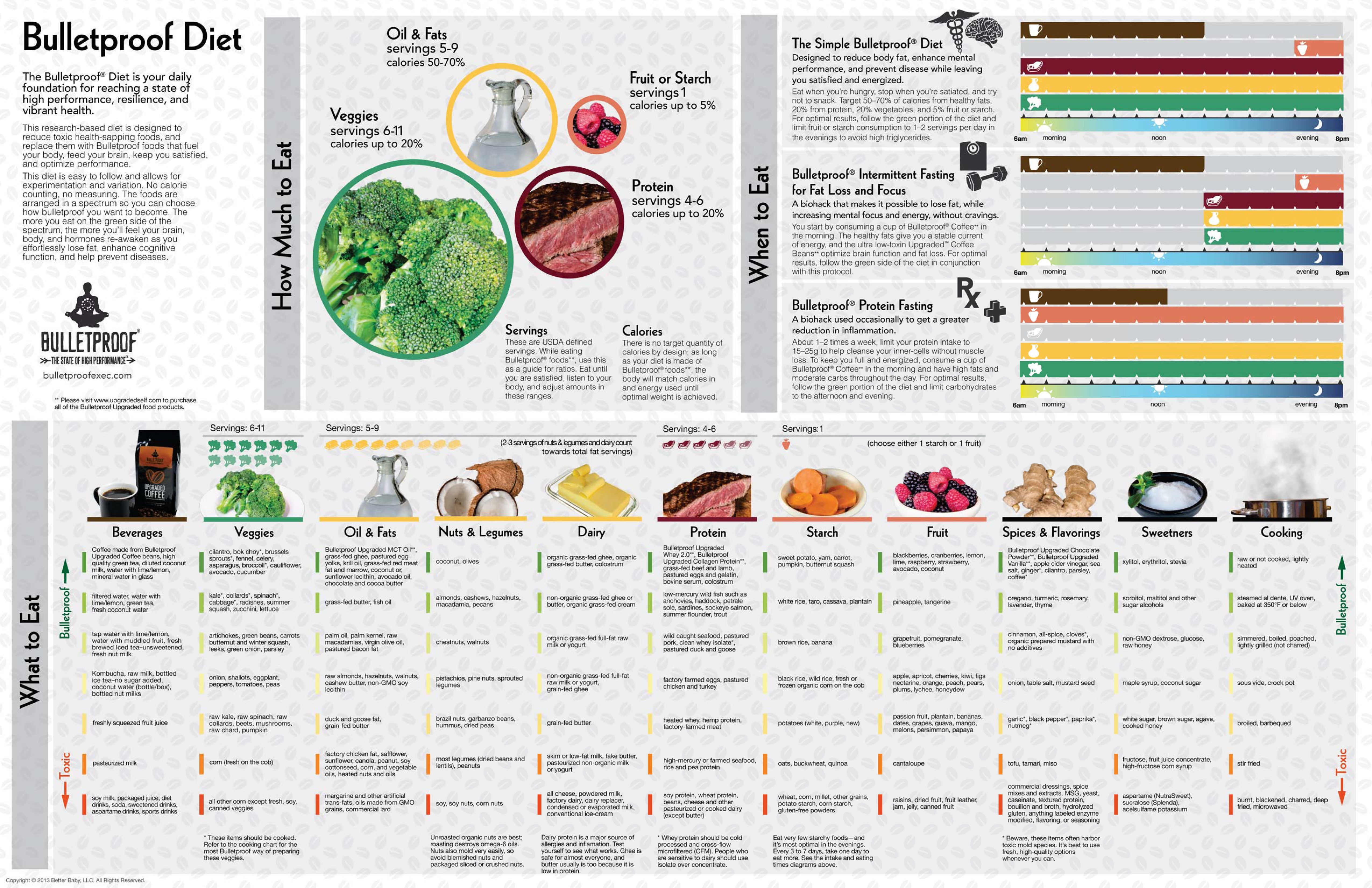 However, such a diet is most important for food allergies, because due to the rejection of some specific foods, it is possible to identify the causes of food allergies – a specific food that the body considers hostile to itself and which it does not want to contact, and for this you will not need to do samples from an allergist .
However, such a diet is most important for food allergies, because due to the rejection of some specific foods, it is possible to identify the causes of food allergies – a specific food that the body considers hostile to itself and which it does not want to contact, and for this you will not need to do samples from an allergist .
ADVERTISING – CONTINUED BELOW
Adult Allergy Diet: Highlights
Allergy sufferers should switch to what is called the non-specific hypoallergenic diet. The first principle of such a diet is that you need to divide foods into 3 groups: high, medium and low allergenic.
First of all, be sure to exclude highly allergenic foods from your diet, and then limit the consumption of foods from the other two categories.
The specificity of the diet for food allergies lies in the fact that allergic reactions in a particular person can be caused even by the most harmless food from the low allergenic category. Therefore, the menu should be purely individual and should be compiled by an allergist.
But there are also the main points that are equally important to remember both for acute allergic reactions of a sudden nature, and for those who suffer from long-term allergies and already know products that are dangerous for themselves.
- An allergy diet for adults should be followed for 2-3 weeks: it is during this period that all critical moments can be identified and an individual diet can be adjusted.
- If improvements become noticeable, then the excluded products are introduced back into the menu, but not more often than 1 time in 3-5 days in small portions.
- When on an allergy diet, it is important not to overeat and to strictly follow the doctor’s instructions.
Be sure to let your doctor know what else you are allergic to besides foods as a cross-reaction is likely.
Allergy diet: forbidden foods
Foods of three categories with different allergic potential:
- High: cow’s milk, eggs, caviar, wheat and its products (flour products), rye, carrots, tomatoes, bell peppers, celery, strawberries, strawberries, raspberries, citrus fruits, pineapples, pomegranates, kiwi, mangoes, persimmons, melons, coffee, cocoa, chocolate, mushrooms, nuts, honey, fish, pickled vegetables, sweet carbonated drinks, ice cream.

- Medium: beef, buckwheat, oats, rice, peas, beans, soybeans, potatoes, beets, peaches, apricots, cranberries, lingonberries, cherries, blueberries, blackcurrants, rose hips, bananas.
- Low: sour milk products, horse meat, rabbit meat, turkey, lean pork, lean lamb, cauliflower, white cabbage, broccoli, zucchini, squash, cucumbers, green apples and pears, white and red currants, white and yellow cherries, yellow varieties of plums, garden greens (parsley, dill).
Prohibited foods can cause not only nutritional ailments, but also exacerbations on the skin.
There are several types of skin allergies:
- Atopic dermatitis;
- Urticaria;
- Quincke’s edema;
- Scabies.
It is worth noting here that Quincke’s edema can manifest itself both on the skin in the form of acute urticaria and in the form of edema, and in the latter case it can be extremely life-threatening.
If we talk about the diet for skin allergies in adults and children, first of all, it should exclude peanuts, wheat, seafood, eggs, soy and products from it, cow’s milk and other products containing milk proteins.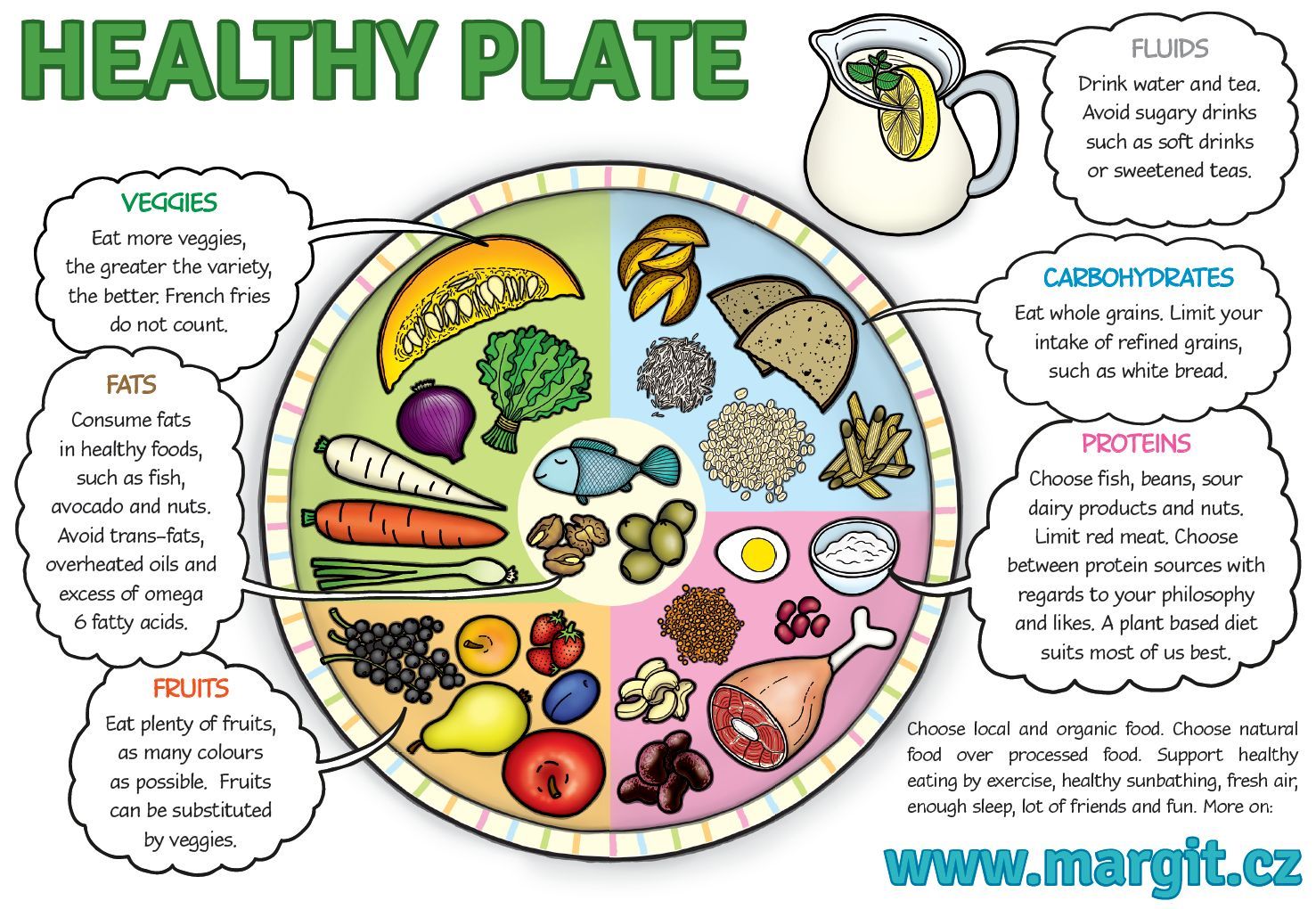 All this is an extremely allergenic food that causes rashes on the skin most often, and if you come to the doctor, he will say that these foods should be removed from the diet first of all, as well as limiting the use of sugar and alcohol.
All this is an extremely allergenic food that causes rashes on the skin most often, and if you come to the doctor, he will say that these foods should be removed from the diet first of all, as well as limiting the use of sugar and alcohol.
Allergy diet: how to make a menu
The menu for allergies is made individually, as explained in the previous paragraphs, but there are general points that it is desirable to adhere to when choosing food.
- Refusal of products that provoke the appearance of allergic reactions from the general list
- Refusal of products due to individual intolerance;
- Studying the composition of finished products, and every time – you never know if the manufacturer has changed something in the composition or not;
- Use only fresh produce – this includes either freshly bought or freshly frozen, long-term storage of ingredients for cooking or the dishes themselves are not worth it;
- Rejection of unknown products;
- Do not use sauces, spices, food additives during cooking;
- Do not use semi-finished products;
- If possible, eat homemade food, as the composition of food prepared in a cafe may differ from that declared;
- Prolonged heat treatment of products to reduce their allergic reactions;
- Avoid alcohol as it increases the permeability of the enterohepatic barrier;
- Eating food that is as simple as possible, best of all – one-component, or from those ingredients that definitely do not cause allergies in you.
 Prefer mashed potatoes over complex salads, and cold cuts – boiled beef, so in case of some unusual reaction, you can tell exactly what is the matter and what needs to be removed from the diet.
Prefer mashed potatoes over complex salads, and cold cuts – boiled beef, so in case of some unusual reaction, you can tell exactly what is the matter and what needs to be removed from the diet.
In the menu you can use:
- Cottage cheese, low-fat fermented milk products.
- Beef, rabbit meat, chicken meat, turkey.
- Liver, heart, unrefined vegetable oil with a high content of lecithin.
- Foods rich in vitamins C, PP, K, E, A.
- Small portions of foods rich in vitamins B1 and B6.
- Table mineral waters (hydrocarbonate-sulphate-calcium-magnesium).
- Vegetables and fruits containing pectins.
- Berries containing organic acids.
Basic diet menu for allergies
- The diet is balanced and complete, contains the required amount of proteins, fats and carbohydrates.
- Number of meals – 5-6 times a day, portions are small in volume.
- Salt limited to 6-8 g/day, simple carbohydrates limited to 20-30 g/day.
 The amount of fluid consumed in free form is up to 1.5 liters, with Quincke’s edema – 600 ml.
The amount of fluid consumed in free form is up to 1.5 liters, with Quincke’s edema – 600 ml. - Thermal processing of products: dishes are cooked in boiled form with a threefold change of broth when cooking meat, chicken, fish, without salt. Eggs should be boiled for at least 15 minutes.
- Temperature of food: cold not lower than 15°С, hot — not higher than 62°С.
- The chemical composition of the diet for allergies: proteins 80-90 g (of which vegetable – 40 g), fats 70-80 g (of which 40 g – vegetable), carbohydrates 420 g (of which simple – up to 30 g).
Weekly diet menu for adults in the food introduction phase for allergies
Monday
Breakfast: low-fat cottage cheese with greens.
Snack: green apple.
Lunch: lazy cabbage rolls with ground beef and rice.
Snack: lightly salted cucumber.
Dinner: sous vide turkey with roasted cauliflower.
Tuesday
Breakfast: oatmeal with apple slices.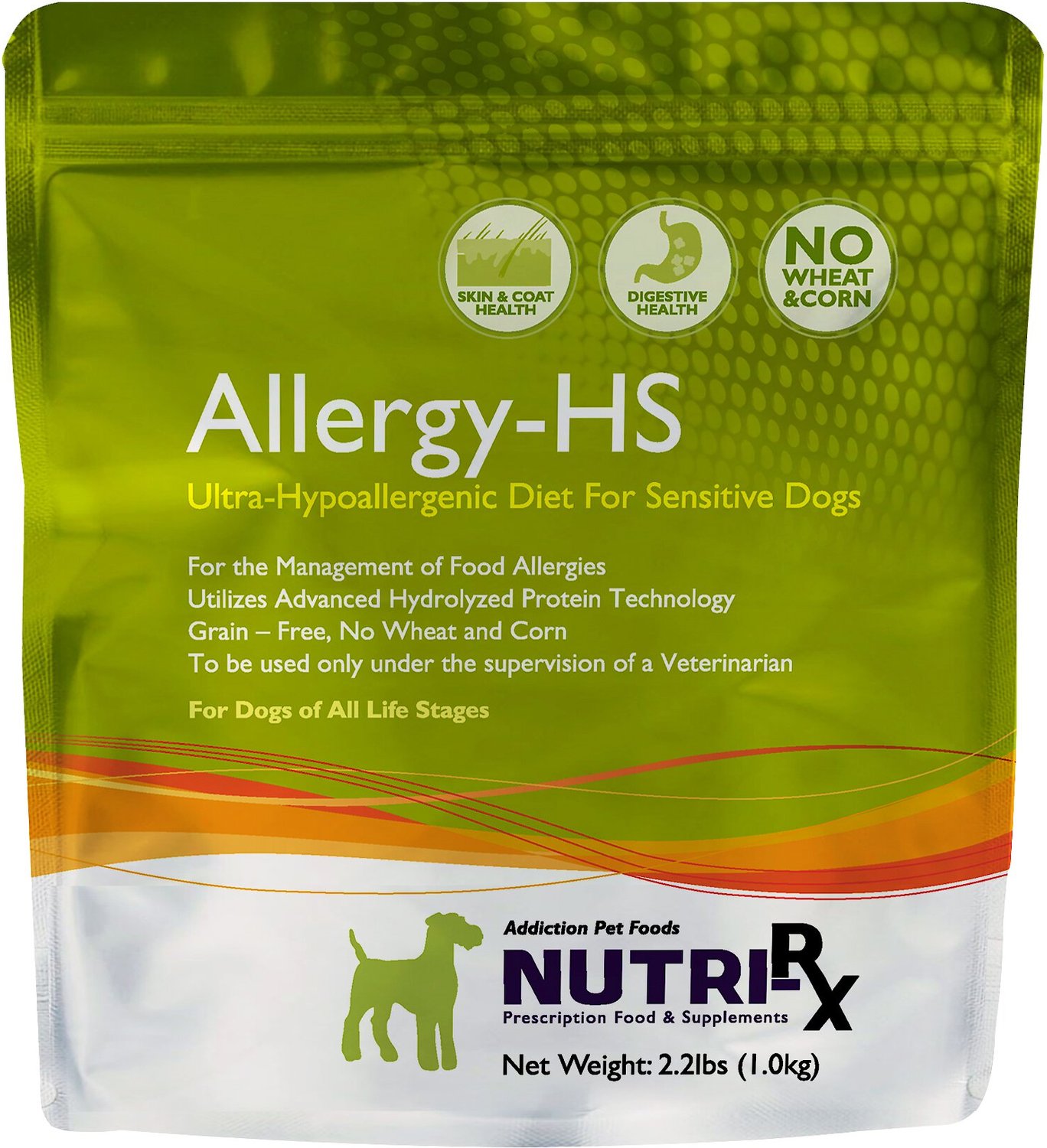
Snack: green pear.
Lunch: vegetarian cabbage soup, coleslaw, banana.
Snack: a handful of berries – cherries, yellow plums.
Dinner: beef patties, rice.
Wednesday
Breakfast: boiled turkey, cucumber and potato salad.
Snack: apple.
Lunch: chicken cutlets with mashed potatoes (introduce chicken and watch the reaction).
Snack: baked apple.
Dinner: vegetable stew.
Thursday
Breakfast: rice porridge on the water with pear pieces.
Snack: a glass of yogurt.
Lunch: zucchini baked with minced turkey.
Snack: a handful of white currants.
Dinner: chicken breast with steamed vegetables.
Friday
Breakfast: fruit salad with apples, pears and bananas.
Snack: cottage cheese.
Lunch: turkey meatballs with crumbly buckwheat porridge, tea.
Snack: peach.
Dinner: mashed potatoes with boiled chicken.
Saturday
Breakfast: lazy oatmeal soaked in kefir since the evening.
Snack: two bananas.
Lunch: boiled beef with boiled potatoes, potatoes can be sprinkled with herbs.
Snack: plain yogurt.
Dinner: buckwheat porridge with liver.
Sunday
Breakfast: salad of cucumbers, chicken (in the absence of a reaction, including cumulative) and eggs (we check for allergies to eggs).
Snack: baked apple.
Lunch: potato soup with beef meatballs.
Snack: a handful of cherries.
Dinner: cottage cheese with pieces of fruit.
Of course, if you are absolutely sure that you are not allergic to a particular product (say, you checked this a little earlier), you can add it to your diet. However, remember that an allergy is a rather insidious thing, it can develop even in adulthood, so if you, say, did not have an allergy to chicken before, then it is not a fact that the rash or irritation is not caused by the fact that you ate a chicken cutlet . Be sure to track your reaction to any food, unfortunately, allergies are unpredictable.
Be sure to track your reaction to any food, unfortunately, allergies are unpredictable.
Before introducing new products, it is necessary to “sit” for 2-3 weeks on the food to which you are definitely not allergic. This will help you tune in to your body, understand how it behaves without allergic reactions, and subsequently immediately recognize what is going wrong and which particular product caused the discomfort.
Also keep in mind that food allergens, although they are called food allergens, can be found in more than just food. For example, casein – a milk protein – contains many cosmetics, and an allergen can also be a component of a medicine.
A little more about food allergies in this video:
According to patients, a diet for allergies helps to significantly reduce the intensity of all types of allergic reactions and often finally find what exactly causes these reactions, but in order to follow it, people say, you need willpower – it is quite difficult to refuse many favorite foods at once and then introduce them one at a time. Doctors, on the other hand, suggest changing the diet within the framework of clinical recommendations – the less histamine is released (namely, it is responsible for allergy symptoms) in response to certain foods, the weaker the main reaction manifests itself.
Doctors, on the other hand, suggest changing the diet within the framework of clinical recommendations – the less histamine is released (namely, it is responsible for allergy symptoms) in response to certain foods, the weaker the main reaction manifests itself.
Hypoallergenic menu for children and adults / How to eat deliciously when you have health problems – an article from the “Healthy food” section on Food.ru
Principles of dietary nutrition
Even with the help of cutting-edge medical equipment and proven methods of treatment, doctors do not always succeed identify the allergen that causes a violent reaction of the immune system. Plus, food allergies are not only direct – to nuts or dairy products, but also cross: for example, with intolerance to birch pollen, many cannot eat fresh apples.
Hypoallergenic menu excludes all dangerous ingredients from food:
citrus fruits – lemons, oranges, grapefruits;
orange or red berries, fruit – melon, pineapple, currant, strawberry, watermelon;
spicy vegetables – radish, horseradish, radish, chili pepper;
sauces, especially ketchup and mayonnaise;
preserved fruits and vegetables;
milk and milk products;
fresh pastries, sweets, chocolate;
smoked products;
hard cheeses;
eggs;
fish;
bird;
nuts;
mushrooms;
tomatoes;
eggplant;
honey;
coffee;
alcohol.

The list of products allowed for allergies includes boiled veal or beef, potatoes, vegetable oils, rice, buckwheat, corn, millet, cucumbers, greens, yeast and gluten-free bread, bread, tea, baked apples.
If there is no reaction to lactose, you can add butter, fresh cottage cheese, kefir, yogurt without sugar and fillers to the menu.
Soups must be on the menu for children and adults. Dishes are cooked on beef or vegetable broth. You can take a turkey, but it is better to refuse chicken and game for the duration of the diet.
Meat or vegetable broth for soup is recommended to cook on your own, without adding dry commercial mixtures – they may contain allergens and cause a strong reaction of the body up to the appearance of atopic dermatitis.
Advice
To save a little time, boil two or three portions of broth at a time, pour into tight bags or containers after cooling, and freeze. In this form, the basis for the soup is stored for up to six months.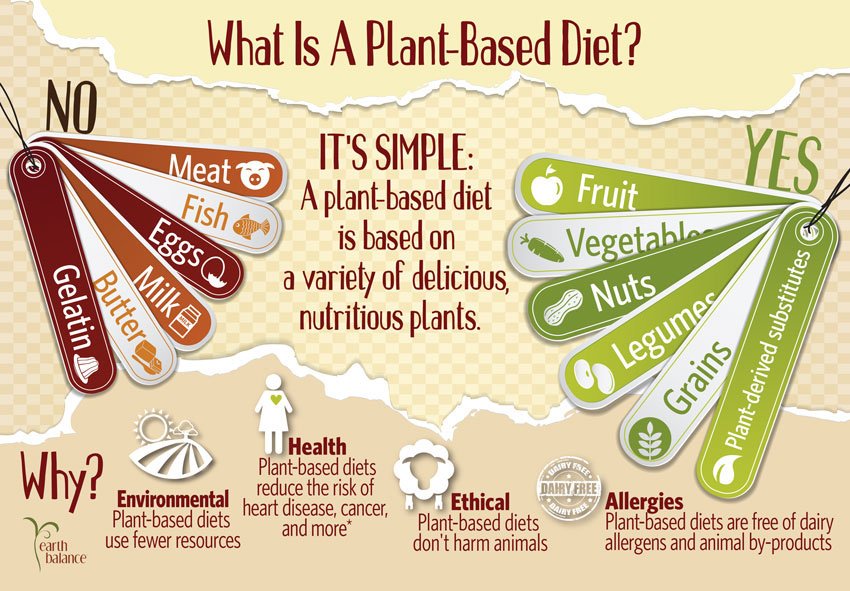
The first meals during the diet are prepared from permitted ingredients:
potatoes;
cauliflower and broccoli;
turnip;
buckwheat, rice, millet;
leeks and onions;
green.
To make baby soup more nutritious, add butter, formula or breast milk.
Tip
Do not try to add as many ingredients as possible to the soup – the simpler the composition, the safer for you and for the child.
There are two types of soups – plain or puree. For a creamy base, potatoes, cauliflower, and zucchini are suitable as part of the diet. It is enough just to boil the vegetables in the broth and pierce with a blender.
Of the classic soups available, perhaps the most delicious and nutritious is with meatballs. Remove carrots from the recipe and use ground beef to meet all the restrictions of the hypoallergenic diet.
The main danger of cereals is gluten, which should be excluded from the menu. This protein often causes digestive problems. It is found in wheat, rye, barley and semolina, couscous, bulgur made from the listed cereals.
This protein often causes digestive problems. It is found in wheat, rye, barley and semolina, couscous, bulgur made from the listed cereals.
Hypoallergenic cereals include:
The menu can be varied with less popular amaranth, flax, hemp – these cereals make very healthy cereals.
Separately, it is worth mentioning oatmeal, because everything is not so simple with this cereal. Oats themselves are gluten-free, but they do contain a similar protein, avenin, which is relatively safe for allergies. However, during cultivation, transportation and processing, gluten from wheat can get into oats, which is as dangerous as eating wheat flour or cereals. Therefore, in stores there are packages marked gluten free – this means that the cereal is grown and processed separately from gluten-containing products, and also carefully checked for the presence of dangerous proteins before packaging.
For a child or an adult with allergies, you can cook fragrant buckwheat porridge – it is suitable for breakfast and as a side dish for lunch or dinner.
Rice is also simply boiled in water or vegetable milk, and from corn chips – crushed grain – they prepare hominy – a dish of brewed porridge.
The presence of allergies significantly reduces the diet, because with a hypoallergenic diet poultry, fish and seafood are prohibited, sauces, vegetable additives and side dishes are limited. It is advisable not to fry food, but to steam, boil, stew or bake, especially if for a child.
If you have allergies, you can make a delicious veal stew with potatoes as a main dish. The ingredients can be anything, the main thing is to exclude tomatoes, eggplants and mushrooms from the composition.
Tougher beef is grilled, stewed in a cauldron, baked in the oven. But the softest meat is obtained in a slow cooker, especially if your appliance has a pressure cooking function.
Boil rice or buckwheat as a side dish, make hominy, stew vegetables or bake them in the oven. Especially good on a baking sheet are potatoes, broccoli or cauliflower.
A child on a diet will like juicy stewed cabbage – this used to be cooked in kindergartens.
Cutlets are also made from meat or vegetables – bake them in the oven or steam them.
Fruit is a simple, tasty and healthy dessert for adults and children. The most harmless are considered white, yellow, green apples, pears, plums. In limited quantities, bananas can be included in the menu. From dried fruits, doctors do not recommend raisins, the rest can be added to compotes, and in its pure form – only prunes.
Cakes and pastries during the diet will have to be excluded almost completely. Rolls and biscuits have too much gluten, and gluten-free soufflés and cheesecakes have eggs and milk. But if you really want to please yourself or your child, make mochi – delicious Japanese cakes made from rice flour with various fillings.
It is recommended to avoid packaged juices, sugary carbonated drinks, coffee, alcohol, including non-alcoholic beer and wine from the diet. Instead, add herbal or green tea without additives, apple jelly, rosehip broth to the menu. The child will like homemade compote of dried apricots, prunes, dried apples and pears. To speed up and simplify the process, cook compote not on the stove, but in a slow cooker.
Instead, add herbal or green tea without additives, apple jelly, rosehip broth to the menu. The child will like homemade compote of dried apricots, prunes, dried apples and pears. To speed up and simplify the process, cook compote not on the stove, but in a slow cooker.
Sample menu
A hypoallergenic diet should be varied so that both the adult (especially for expectant mothers) and the child get enough vitamins, minerals and nutrients.
Allergies exclude the usual eggs for breakfast, instead of them in the morning you can cook millet, rice or buckwheat porridge, make toast from gluten-free bread, a boiled veal sandwich or fruit salad.
The second meal is the main and most nutritious. Start with a bowl of hot soup. The menu can also include boiled, baked or stewed meat, and prepare hypoallergenic cereals or vegetables as a side dish.
If you have an allergy, it is advisable to make a light dinner – do not overload the body before going to bed. Fresh cucumber and cabbage salad or vinaigrette, meatless stew, baked apple, a portion of porridge.


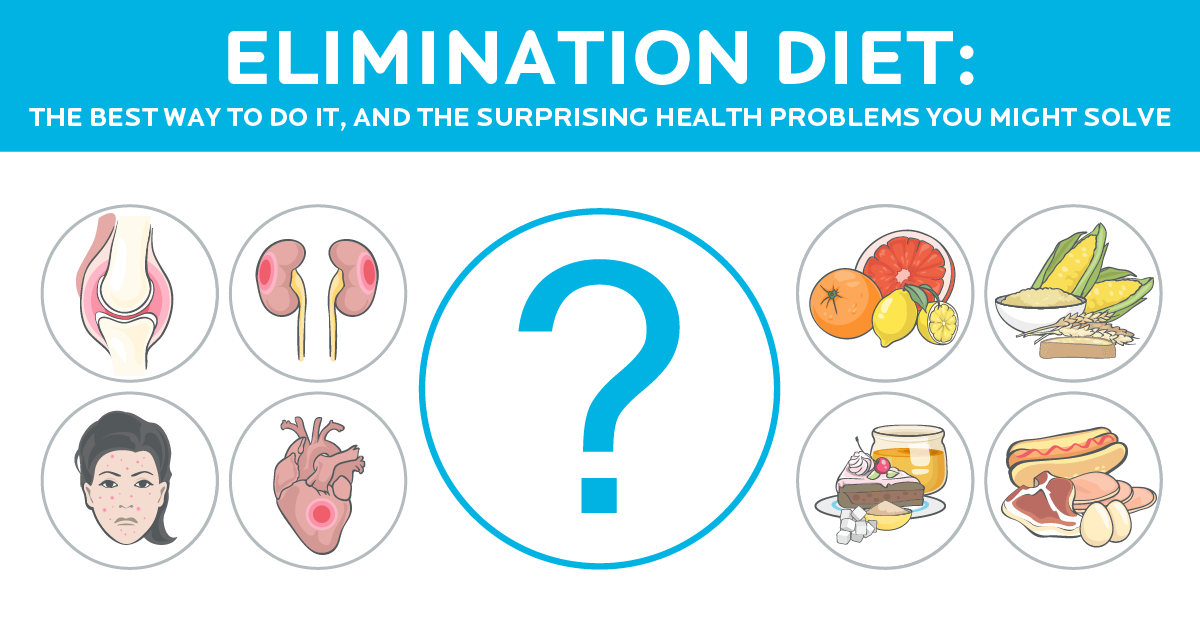

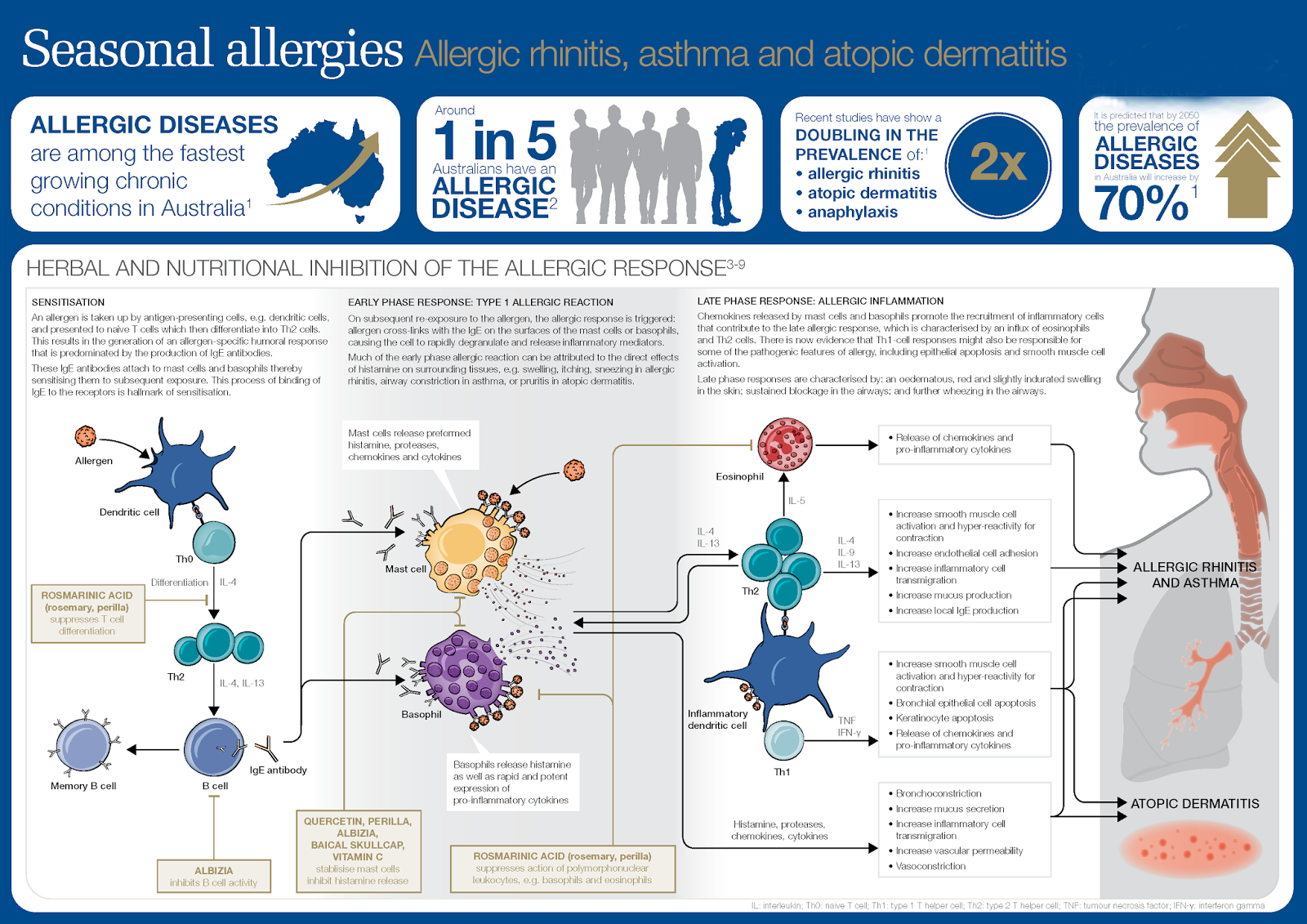





 Prefer mashed potatoes over complex salads, and cold cuts – boiled beef, so in case of some unusual reaction, you can tell exactly what is the matter and what needs to be removed from the diet.
Prefer mashed potatoes over complex salads, and cold cuts – boiled beef, so in case of some unusual reaction, you can tell exactly what is the matter and what needs to be removed from the diet. The amount of fluid consumed in free form is up to 1.5 liters, with Quincke’s edema – 600 ml.
The amount of fluid consumed in free form is up to 1.5 liters, with Quincke’s edema – 600 ml.